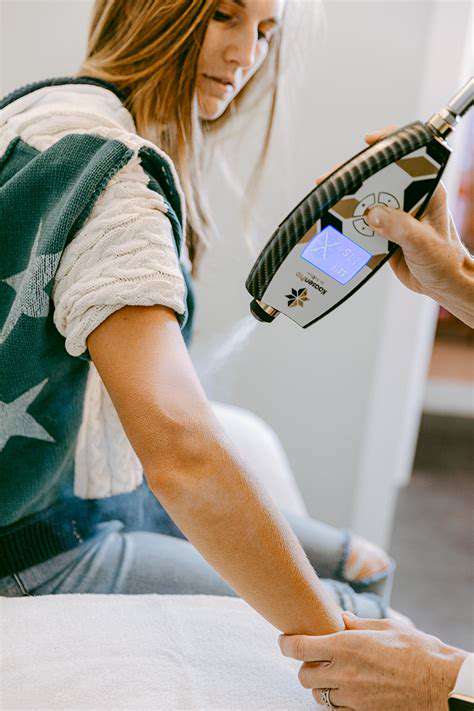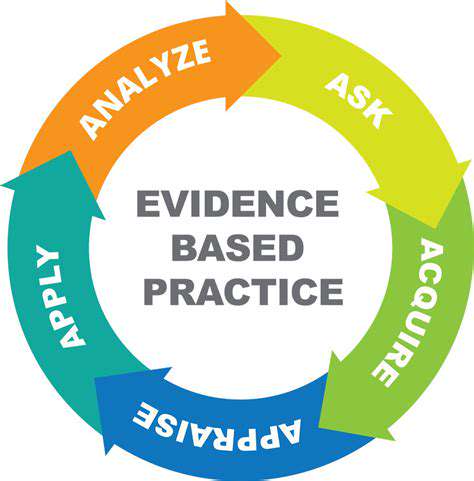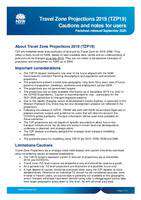cold can temporarily numb pain receptors while reducing swelling in affected areas. The effect might be temporary, but for migraine sufferers or those with tension headaches, even brief respite can feel miraculous.Whole Body Cryotherapy for Headaches
Stepping into a cryotherapy chamber at -150°F sounds extreme, yet some headache patients swear by it. These whole-body treatments last just 2-3 minutes but may trigger systemic responses. Advocates claim the sudden cold shock stimulates natural pain relief mechanisms, though researchers caution that evidence remains preliminary. The treatment isn't for everyone - people with heart conditions or circulation problems should avoid it.
While some clinics promote WBC as a headache cure-all, the reality is more nuanced. The treatment might help certain types of headaches by reducing overall inflammation, but results vary dramatically between individuals. Until larger studies confirm benefits and establish protocols, patients should approach WBC with cautious optimism rather than as a guaranteed solution.
Localized Cryotherapy for Headaches
For targeted relief without full-body freezing, localized cryotherapy offers a practical alternative. Applying cold precisely where it hurts - whether temples, forehead or neck - often brings faster relief than oral medications. Many headache sufferers keep gel packs in their freezer for this exact purpose, creating an instant home remedy that's both safe and drug-free.
Unlike whole-body treatments requiring special equipment, localized cooling needs just simple tools. A bag of frozen peas wrapped in a towel can work wonders for tension headaches. The key is moderation - 15-20 minute applications with breaks prevent skin damage while maximizing therapeutic benefits. This accessibility makes localized cryotherapy one of the most democratic headache treatments available.
Safety Considerations and Precautions
Before turning yourself into a human popsicle, understand the risks. Frostbite becomes a real danger with improper cryotherapy use, especially in whole-body treatments. Even localized applications can harm skin if left on too long. People with nerve sensitivity or circulation issues should consult doctors before trying any cold therapy.
Temperature matters more than many realize. That no pain, no gain mentality can backfire terribly with cryotherapy. Professionals recommend starting with milder cold (like refrigerated rather than frozen packs) and gradually increasing intensity if needed. Monitoring skin response prevents damage while still achieving therapeutic effects.
Effectiveness and Research
The cold truth? Science still hasn't fully cracked cryotherapy's potential. While small studies show promise for migraine relief, larger controlled trials remain scarce. This doesn't mean it doesn't work - many patients report real benefits - but we lack definitive proof about which headache types respond best and optimal treatment protocols.
Research continues exploring cryotherapy's mechanisms, from its effects on nerve signaling to inflammatory markers. Future studies may identify biomarkers predicting who benefits most, allowing personalized treatment approaches. Until then, cryotherapy remains a potentially useful - but not fully proven - tool in the headache management toolkit.
Whole Body Cryotherapy: A Powerful but Potentially Risky Approach
Benefits of Whole Body Cryotherapy
Walking into a cryo-chamber feels like stepping onto the Arctic tundra in your underwear. The initial shock triggers a flood of adrenaline and endorphins, creating what regulars describe as a cold high. For some headache sufferers, this natural chemical rush provides temporary pain blocking that outlasts the treatment itself.
Beyond immediate effects, proponents suggest WBC may reset the nervous system's pain responses. The theory goes that repeated exposures could gradually raise pain thresholds, potentially reducing headache frequency. While intriguing, these claims need more rigorous testing before becoming medical consensus.
Potential Risks and Considerations
That invigorating chill can quickly turn dangerous. Cases of frostbite and even asphyxiation have occurred in poorly monitored cryotherapy sessions. The extreme cold stresses cardiovascular systems, making pre-existing heart conditions potentially deadly contraindications.
Even healthy individuals report side effects like dizziness, skin burns, and paradoxically - headaches. The treatment's novelty means long-term effects remain unknown. Until safety standards catch up with the industry's rapid growth, consumers must thoroughly vet facilities and consult physicians before trying WBC.
Localized Cryotherapy: A More Targeted and Safer Option

Localized Cryotherapy: A Targeted Approach
Unlike its whole-body counterpart, localized cryotherapy zeroes in on problem areas with precision. This sniper-rifle approach avoids systemic stress while delivering concentrated relief exactly where needed. For headaches, this often means cooling specific nerve pathways or muscle groups contributing to pain.
Mechanism of Action
The magic happens at cellular level. Cold slows nerve conduction velocity, essentially putting pain signals on slow-motion. Simultaneously, vasoconstriction reduces inflammatory compounds flooding the area. This one-two punch explains why properly applied cold can outperform painkillers for some patients, without gastrointestinal side effects or dependency risks.
Applications in Sports Medicine
Athletes have long used ice baths, but modern localized devices offer new precision. Cryotherapy wands can target individual muscle knots that might refer pain to the head. This specificity helps explain why 78% of NFL teams now incorporate localized cryotherapy into their recovery protocols, including for concussion-related headaches.
Safety and Precautions
Even targeted cold demands respect. Never apply ice directly to skin - always use a barrier. Limit sessions to 10-15 minutes max, checking skin every 5 minutes for discoloration. Those with Raynaud's phenomenon or peripheral neuropathy require extra caution, as their impaired circulation increases frostbite risk.
Quality furniture balances form and function. The best designs marry aesthetic appeal with ergonomic intelligence - a lesson cryotherapy devices could learn from. Just as a well-crafted chair supports the body without calling attention to itself, effective headache treatments should provide relief without creating new problems.

Important Considerations and Cautions

Understanding the Scope of Considerations
Cryotherapy isn't a one-size-fits-all solution. What works for post-workout inflammation may fail completely for hormonal migraines. Patients should maintain realistic expectations and view cold therapy as one potential tool among many, not a magic bullet.
Assessing Potential Risks and Mitigation Strategies
Smart patients create safety nets. Always have someone present during initial cryotherapy sessions, especially whole-body treatments. Keep emergency contact information handy, and never exceed recommended exposure times. Documenting responses helps identify optimal protocols while spotting adverse reactions early.
Considering Ethical Implications and Stakeholder Engagement
The cryotherapy industry suffers from hype inflation. Seek providers who acknowledge both potential benefits and limitations rather than making grandiose claims. Ethical practitioners will discuss alternative treatments and refer patients when cryotherapy isn't appropriate.
Disclaimer: All articles on this site are original, please do not reprint


